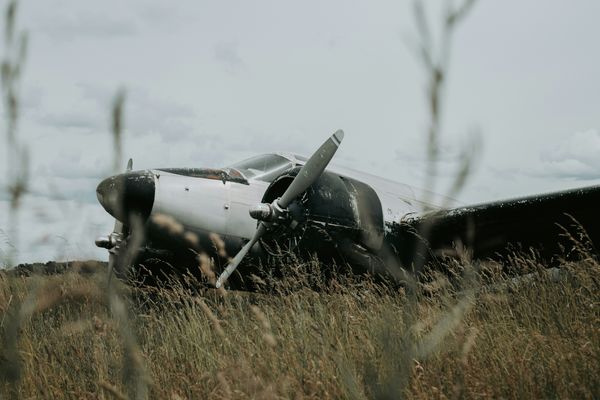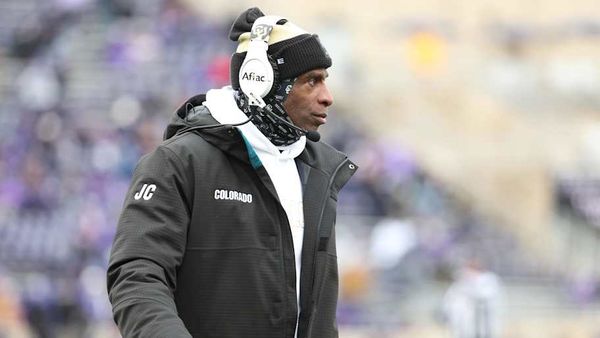
A Mexican navy tall ship's fatal collision with the Brooklyn Bridge on Saturday highlighted a hazard that has worried seafarers for nearly 150 years.
Even before construction on the bridge was finished in the late 19th century, the topmast of a passing U.S. Navy ship hit the span's wires — and vessels continued to clip the iconic New York City structure for many years.
But historians say Saturday's crash appears to be the first boat collision with the bridge to take the lives of crew members. Two Mexican naval cadets died and more were injured after the training ship Cuauhtémoc’s masts crashed into the bridge as dozens of sailors stood harnessed high up in rigging as part of a public display.
“That’s the first and possibly only time where there’s been a fatality onboard of a ship that struck the Brooklyn Bridge,” said Dominique Jean-Louis, chief historian at the Center for Brooklyn History, part of the Brooklyn Public Library.
Opened in 1883, the Brooklyn Bridge spans the East River, connecting its eponymous borough's downtown to Manhattan. The highest point of the bridge's underside is listed at 135 feet (41.1 meters) on average above the water, but it fluctuates with the tides.
During construction, a warehouse owner sued state officials — first to stop the bridge and then for compensation — arguing that some ships still had topmasts that exceeded the height. The case made it all the way up to the U.S. Supreme Court, which dismissed the lawsuit, determining that the bridge did not unduly restrict ship navigation.
Before that decision, however, at least one ship had already tangled with the still-under-construction crossing.
According to an 1878 report in the New York Daily Tribune, the U.S. Navy wooden steam training ship USS Minnesota was headed toward the high point of the bridge after planning ahead and lowering its topmast. But at the last minute, it had to change course to avoid an oncoming ship, sending it to an area with lower clearance and striking the bridge's wires. Nobody was reported injured.
By the time the bridge was complete, steam ships were transporting the lion's share of goods, and high-masted ships were waning in importance, said Richard Haw, professor of interdisciplinary studies at John Jay College of Criminal Justice and the author of two books about the Brooklyn Bridge.
“They go from sail ships to steam ships,” Haw said. “You don’t need a huge clearance.”
Yet mast strikes continued, including at least two reported in the 1920s — one of which was with the U.S. Navy's flagship USS Seattle, which had “a little wooden pole that was a little too high," Jean-Louis said.
In 1941, the SS Nyassa was bringing hundreds of refugees to New York City when the captain miscalculated the tide and part of its mast was bent into a right angle by the bridge's underspan, according to a New York Times article at the time that described a “crunching sound.” Among the refugees on board was Hedwig Ehrlich, widow of the Nobel Prize-winning Jewish German scientist Paul Ehrlich, as she headed to live with daughters in San Francisco.
As the 20th century went on, ships got taller and wider. And they still required mast-like appendages for observation and communication.
A shipyard just north of the bridge, now known as the Brooklyn Navy Yard, churned out larger and larger ships during and after World War II, including aircraft carriers that could barely fit beneath the bridge.
One photo from 1961 shows the USS Constellation aircraft carrier leaving the navy yard and passing underneath the Brooklyn Bridge with a mast that folded down onto the ship's deck, specially designed to get out into the harbor.
In the past two decades, at least three minor strikes have been reported against the bridge's underside or base, including a crane being pulled via barge in 2012, which tore into temporary scaffolding mounted underneath the bridge. A similar crane accident damaged peripheral bridge maintenance equipment in July of 2023, according to a Coast Guard incident report.
None of the modern accident reports document serious injuries.
But off the water, the bridge has been a site of tragedy long before Saturday's crash. More than 20 people were killed and countless crippled while building it, including workers injured by decompression sickness, a little-understood affect of working in underwater in boxes sunk to the riverbed. Twelve people died in a panic-driven stampede among crowds visiting the bridge shortly after it opened to the public in 1883.
The real reason Labour has waited until now to take action on Israel
AP PHOTOS: Tigers, jaguars and elephants are the latest to flee Mexico’s cartel violence
Brooklyn Bridge suffered no significant structural damage after Mexican Navy crash
Gaza latest: UK condemns Israel over blockade as UN says no aid distributed so far
Migrant workers in Malaysia seek unpaid wages from a supplier to Japanese companies
Israeli MP hits out at own country for ‘killing babies as a hobby’







